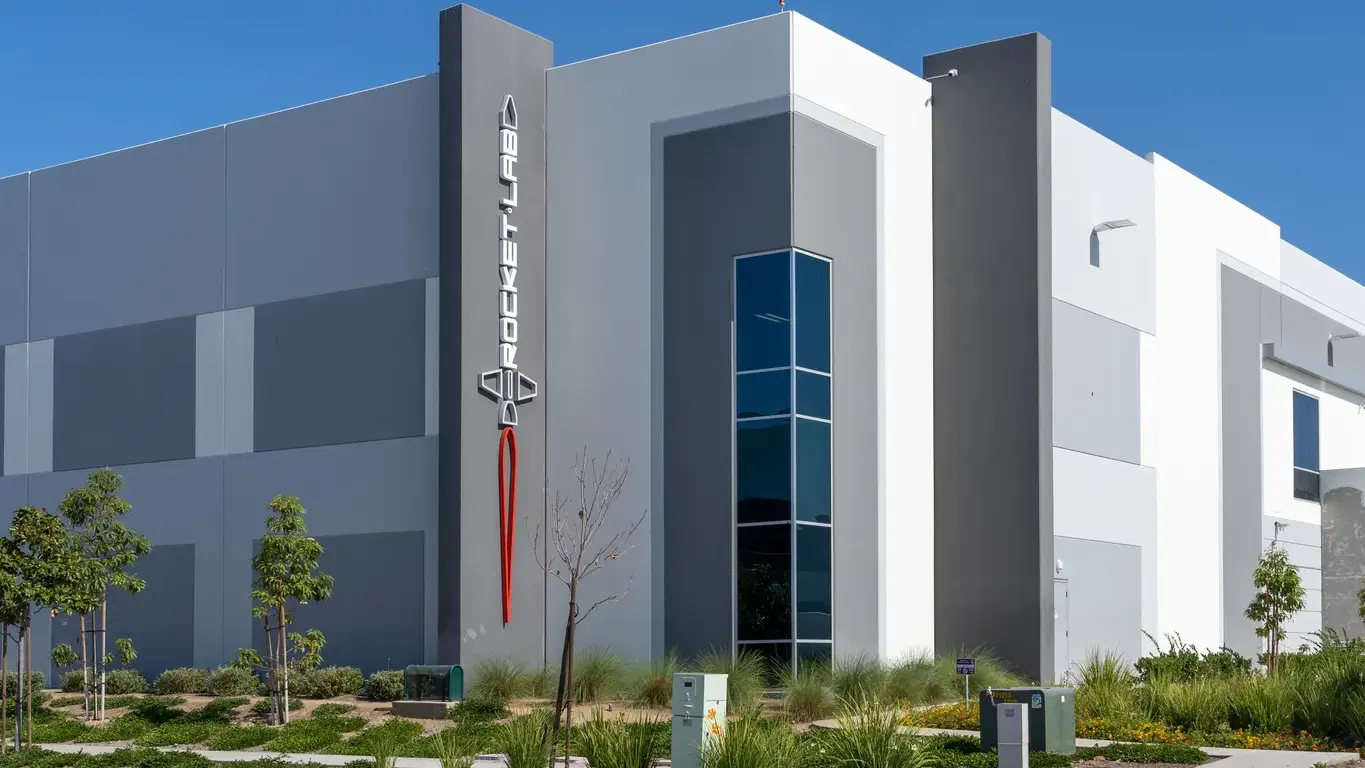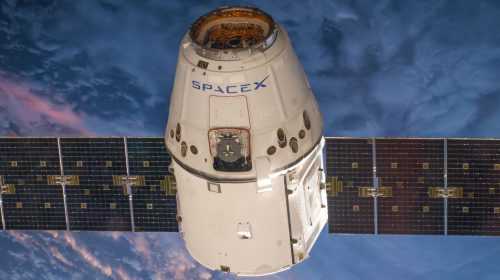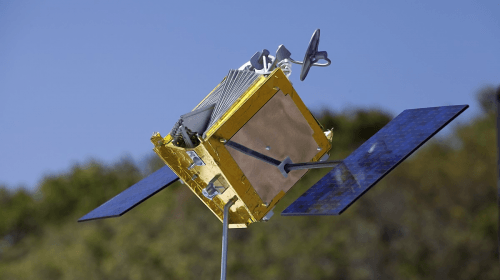Europe Relies on Rocket Lab for Critical Navigation Infrastructure
Jul 02, 2025
Rocket Lab Corporation has won a major contract to place into orbit the first two demonstrator satellites of the European Space Agency navigation technology, another example where Europe has to look to an outside launch company to provide vital infrastructure in space. The company announced that it was chosen to perform a dedicated Electron mission on behalf of ESA, the first time it would be directly serving the agency, highlighting the continuing problems Europe has in maintaining independent access to space for its strategic satellite programs. The mission will deploy two “Pathfinder A” spacecraft developed by satellite contractors Thales Alenia Space and GMV from Launch Complex 1 no earlier than December 2025, placing the satellites in a 510-kilometer low Earth orbit as part of the LEO-PNT (Low Earth Orbit Positioning, Navigation, and Timing) constellation, a new method of offering location, direction and timing services using satellites in lower orbits than conventional navigation systems.
 Rocket Lab HQ. Credit: Rocket Lab
Rocket Lab HQ. Credit: Rocket Lab
According to the agency, the new LEO-PNT system would be used to test new ways of providing precision navigation services by operating much closer to the surface of the earth compared to traditional navigation satellites, and this could transform the entire satellite-based positioning industry. This advanced hybrid solution may have the capability of increasing the accuracy and reliability of navigation services by cleverly integrating the individual strengths and capabilities of both high and low orbit systems to provide a more robust and flexible navigation infrastructure in the future. The company pointed out that it had already assisted in many missions in many areas, including the launch of a full constellation of Internet-of-Things satellites on behalf of French operator Kinéis earlier this year, which was a significant milestone in commercial satellite launch. Also, Rocket Lab had launched an international wildfire detection mission on behalf of Germany-based OroraTech, which shows its outstanding ability and versatility to support various space needs and missions since 2021, establishing a solid foundation of trust and reliability with partners.
Sir Peter Beck, the founder and CEO of Rocket Lab, pointed out that participating in a mission related to the development of the future satellite navigation system in Europe is not just a privilege, but also a very positive indicator of the quality of the company in the competitive global space industry. More than its technical aspects, this mission represents something bigger: the growing interdependence and dependence that is defining the space industry today. With space becoming more complicated and pressing in the global ambitions, regional powers are no longer acting in isolation. Rather, they are crossing boundaries to work together, to innovate and to build the infrastructure that will shape the next generation of space-based services. The fact that Rocket Lab is part of this ESA-initiated program is an indication of this change—that trust, performance and international collaboration are just as important as technological excellence.
LEO-PNT (Low Earth Orbit Positioning, Navigation, and Timing) is a paradigm shift to satellite-based positioning, navigation, and timing that works fundamentally differently from traditional systems such as GPS or Galileo. In contrast to traditional navigation satellites that are placed in Medium Earth Orbit at a distance of about 20,000 kilometers, LEO-PNT constellations will be placed at much lower altitudes, usually between 500-2,000 kilometers above the ground. This proximity offers a number of important benefits: increased signal strength with shorter distance, reduced latency for faster position calculations, better accuracy in places where traditional GNSS signals perform poorly, such as in urban canyons or dense forests. With LEO-PNT systems integrated into existing high-altitude navigation constellations, they can offer greater security and redundancy to form a more resilient and robust positioning infrastructure to support critical services.





